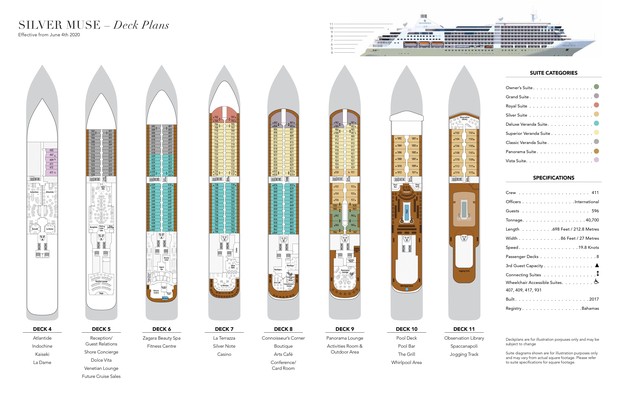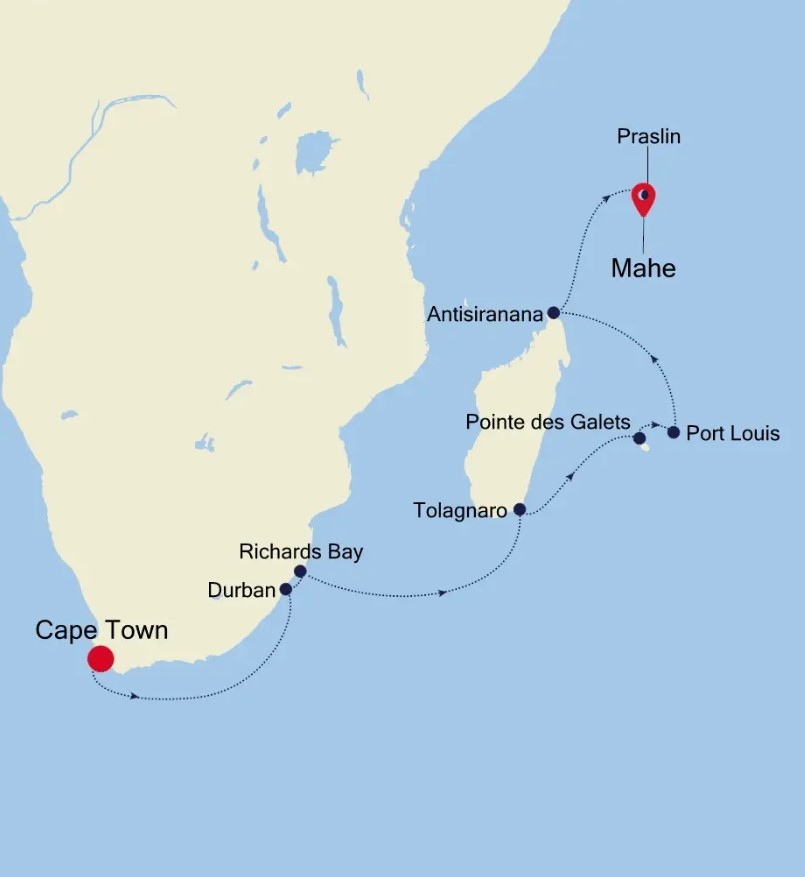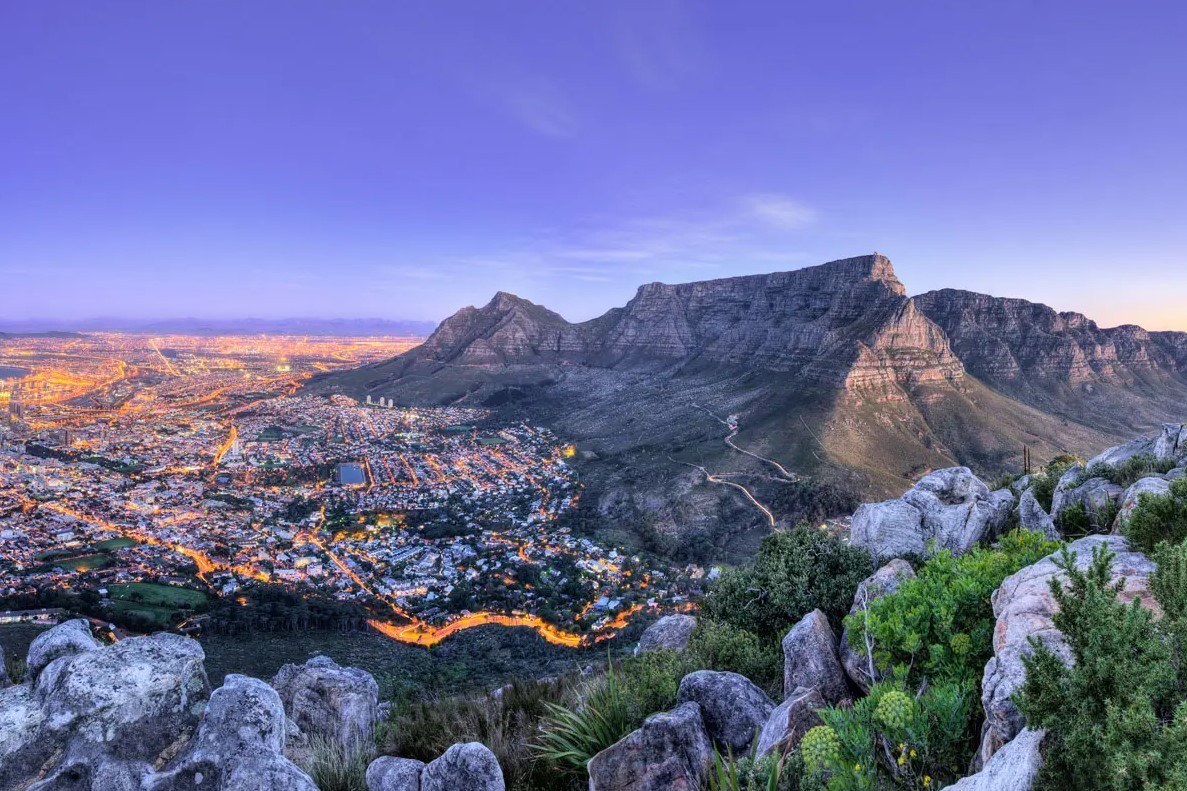
Sail from Cape Town to Mahe with relaxing days at sea and stops in idyllic places along the way. Start with an overnight in Cape Town which is arguably one of the most beautiful cities in the world. Explore Durban and Richards Bay before a bonus trip to Madagascar’s Tolagnaro to savour long sandy beaches and lush greenery. Experience the beauty of Réunion and neighbouring island Mauritius, before discovering Antsiranana and Praslin before arrival in Mahe.
- Explore the Scenic Coastlines and Rich Cultures of Southern Africa and the Indian Ocean
- Indulge in Relaxing Days at Sea and Unique Destinations
- Experience Luxury and Adventure with Silversea Cruises
Prices quoted here are often dependent on currency fluctuations. Please check with (01432 507450 or info@small-cruise-ships.com) for the very latest price, which may well be cheaper than the one advertised here.
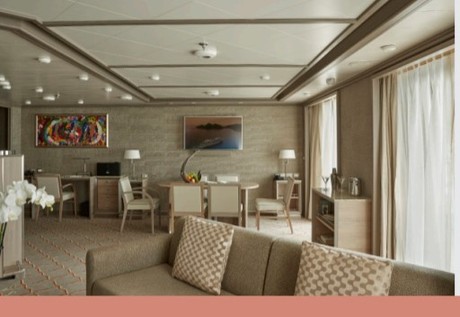
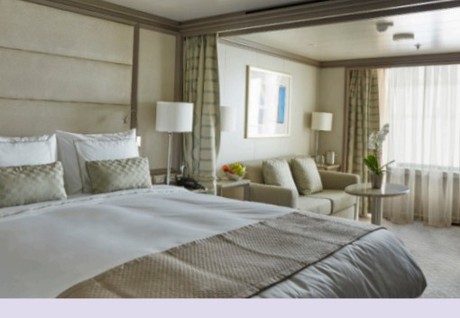
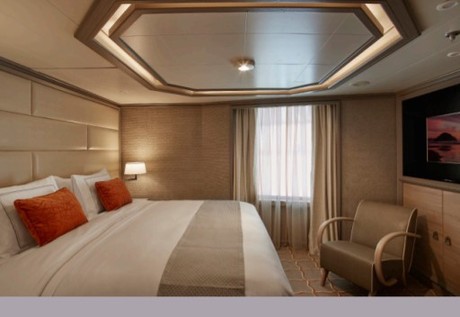
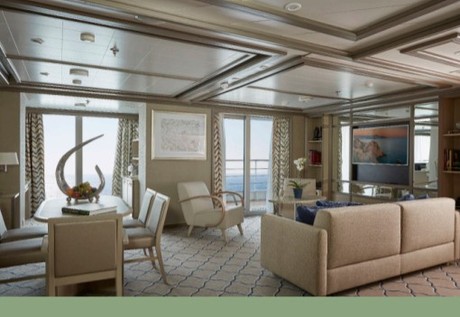
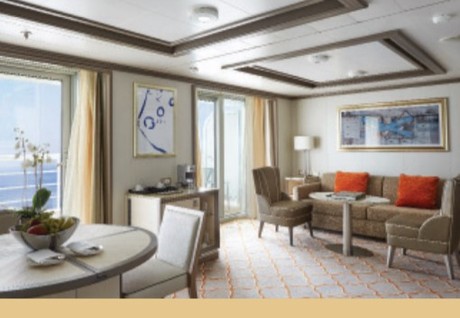
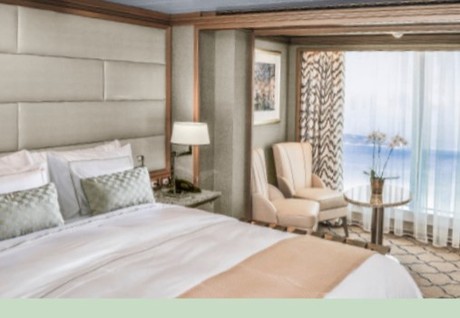
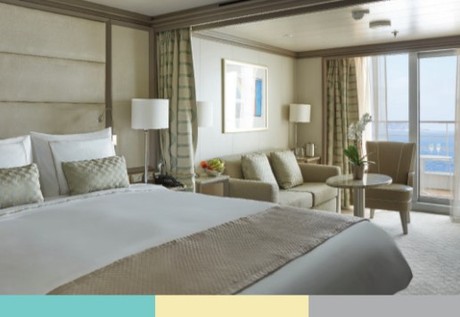


Prices quoted here are often dependent on currency fluctuations. Please check with (01432 507450 or info@small-cruise-ships.com) for the very latest price, which may well be cheaper than the one advertised here.








Private Executive Transfers
International flights - Economy class or Business Class upgrade at reduced rates
Airport transfers
Sprawling across endless, staggeringly blue coastline, and watched over by the iconic plane of Table Mountain, Cape Town is without doubt one of the world’s most beautiful cities. A blend of spectacular mountain scenery, multiculturalism and relaxed ocean charm awaits in the Mother City, where you can venture out to rolling vineyards, dine in laid back sea suburbs, or spend days exploring cool urban culture. Cape Town’s natural splendour fully reveals itself as the cable car rears sharply to the top of Table Mountain. From the summit, 3,500 feet above sea level, you can let the scale of the panoramic vistas of the city rolling down towards the ocean wash over you. Another heavenly perspective waits at the top of Lion's Head’s tapering peak. A sharp hike and an early start is required, but the views of the morning sun painting Table Mountain honey-gold are some of Cape Town’s finest. Cape Town’s glorious sunshine and inviting blue rollers can be a little deceiving - these oceans are anything but warm at times, with nothing between the peninsula’s end and Antarctica’s icy chill. This cool water has upsides though, bringing a colony of adorably cute African penguins to Boulders Beach. Boarded walkways offer the perfect vantage point to see the cute creatures dipping into the sea and lounging in the sun. Nearby, journey to the end of Africa at the Cape of Good Hope, where you can stand at the bottom of this mighty continent, watching out over the merging waves of the Atlantic and Indian Oceans. Cape Town’s beauty is counterpointed by the ominous island form, which sits four miles offshore from the bustling restaurants and lazy seals of the lively V&A Waterfront. A living history lesson, you can sail in the ships that transported prisoners out to Robben Island, before a former prisoner tells of the traumas of life on this offshore prison. Your guide will show you the cramped cells, and render Mandela’s long walk to freedom in heartbreaking, visceral clarity.
Days at sea are the perfect opportunity to relax, unwind and catch up with what you’ve been meaning to do. So whether that is going to the gym, visiting the spa, whale watching, catching up on your reading or simply topping up your tan, these blue sea days are the perfect balance to busy days spent exploring shore side.
What is it about South Africa’s third most popular city that draws people so much? Is it the vibrant waterfront, complete with street performers and sand artists? Is it the melting pot of ethnicity, with all cultures from Zulu to Indian finding a home here? Is it the laid back life style that has locals calling it simply “Durbs”? Is it the sweeping landscape? The clement climate? One visit to Durban will quickly make you see the reason people love it so is a combination of all of the above. Durban has always been a beach city but it was the massive investment for the 2010 World Cup that really put it on the map. A huge revamp of the promenade has brought with it some fantastic eateries which serve up all kinds of “chow” from traditional bunny chow to bobotie, (a sweet spiced mince dish with egg topping). Expect Asian influences wherever you go, too. Durban has the largest Indian population outside of India. Although there is little evidence, it is known that the city of eThekwini – Durban in Zulu – was inhabited by hunter-gatherers as early as 100,00 BC. It was first sighted by Vasco de Gamma in 1497, but it was not until 1824 that the British settlers raised the Union Jack. This was after King Shaka gifted “25-mile strip of coast a hundred miles in depth” to Henry Francis Fynn after Fynn helped him recover form a stab wound. It remained part of the British Commonwealth until 1960, when it became part of the Republic of South Africa. The city’s Euro-African heritage remains to this day.
Considered as the official gateway to Zululand, Richard’s Bay has morphed from being a tiny fishing village into a bustling harbour town. Today, the 30 km2 lagoon is the major port of the region (and also the deepest in Africa), a growth spurred on by the significant mineral deposits, wonderful wetland scenery, unspoilt beaches and game reserves. Located on the north coast of KwaZulu-Natal, Richards Bay was for founded in 1879. British Rear Admiral Sir Frederick William Richards eponymously named the port after landing there during the Anglo-Zulu colonial wars. Despite its superlative natural setting, Richards Bay was long considered a southern African backwater, with as little as 200 residents as recently as 1969. This number grew when it was proclaimed a town, but even today it is relatively underpopulated, with fewer than 60,000 calling the province home. The town’s Zulu heritage is omnipresent so be sure to look out the local arts and crafts. Nearby Zulu village Dumazulu is the only Zulu village to be opened up to tourism by King Goodwill Zwelithini, and the only authentic example of Zulu traditions that foreigners are allowed to into. If African culture is not your cup of tea, the hinterland offers fascinating flora and fauna, including a chance to see the incredibly rare white rhino along with the bucket list Big Five. Richards Bay’s attractions can be found closer to port too – the 350 kilometres of coastland, also known as “Dolphin coast”, are a joy for divers and beach lovers alike.
Days at sea are the perfect opportunity to relax, unwind and catch up with what you’ve been meaning to do. So whether that is going to the gym, visiting the spa, whale watching, catching up on your reading or simply topping up your tan, these blue sea days are the perfect balance to busy days spent exploring shore side.
Tolagnaro, this secluded port at the end of the world sits on a little green peninsula jutting out into the Indian ocean, edged on three sides with scalloped shaped sandy bays Mountains rise, protectively behind the town and lush vegetation runs down the steep slopes making the rest of the world and its problems seem very far away indeed.
The gorgeously sheltered Libanona beach is the place to head for a swim and a dreamy place to sunbathe on soft, fine sand. Surfers are spoilt for choice, able to wait for the perfect break on world famous surf beaches like Ankoba and Monseigner Bay, which are also great places to eat delicious freshly caught seafood. Snorkeling, fishing, watching sea turtles play or just walking the stunning coast make for long, lazy summer days.
The variety of surrounding landscapes is extreme due to diverse local climates. Verdant rain forests with ravenala, carnivorous plants and shy orchids make a sharp contrast to the spectacularly arid areas of Madagascar spiny forest, home to bottle trees and thorn bushes. These landscapes are true havens to a variety of wildlife, lemurs, tortoises, crocodiles, exotic birds and butterflies. There are numerous reserves and natural parks close by, offering the chance to discover this rich fauna and flora often endemic to the island.
St Louis’ Pic dominates the whole town and accompanied by a guide, a hike to the top, 529 metres altitude, is the very best place to admire magnificent views of Fort Dauphin, feeling on top of the world.
Days at sea are the perfect opportunity to relax, unwind and catch up with what you’ve been meaning to do. So whether that is going to the gym, visiting the spa, whale watching, catching up on your reading or simply topping up your tan, these blue sea days are the perfect balance to busy days spent exploring shore side.
Feel the excitement as you enter the Pointe des Galets port in the northwest of the Reunion Island, this gorgeous tropical island is yours to discover. Immerse yourself in local life by visiting one of the weekly markets, the perfume of vanilla beans, coffee and vetiver straight from the plantations will awaken your senses. Try the fresh tropical fruit piled up on the stalls and delicious local snacks on offer relishing the quintessential, irresistible flavours of the Reunion.
If it’s relaxing beach time you’re after, head for the Boucan Canot beach, one of the islands most beautiful and safest beaches to swim. The expanse of fine white sand is an invitation to unwind, palm groves offer green relief, bars and cafes a place to sip on ice cold drinks whilst contemplating the vast Indian ocean before you.
To explore under the waves, team up with one of the many dive centres who can show you shipwrecks and volcanic caves. Snorkelers can see sea turtles, colourful corals and tropical fish of every shade of the rainbow.
Saint-Denis the capital of the Reunion Island a mere 20 minutes away, is a must visit. A rich cultural heritage and wonderful location, makes a walk through the historic centre a joy. Admire the beautiful 19th century Creole architecture, stroll the length of the elegant rue de Paris. There are plenty of historic monuments to visit and peaceful shady gardens.
Of course, a glass of fine rum is an essential part of a stay on the island. So raise your glass to this paradise – Santé!
Located just off the east coast of Madagascar, Mauritius is fast making a name for itself as the tropical paradise of the Indian Ocean. A volcanic island approximately 10 million years old, Mauritius is thought to be the peak of an enormous sunken volcanic chain stretching from the Seychelles to Réunion. In fact, volcanic lakes and inactive craters can be found scattered throughout the island. Mauritius also boasts a unique marine environment. Surrounded by one of the largest unbroken coral reefs on the planet, conservationists are now campaigning to protect its white coral sand beaches and fragile ecosystem. Though it can be found on the maps of early Arab mariners, Mauritius remained uninhabited until the end of the 16th century. Portuguese became the first European visitors in 1510, however, they did not lay claim to the island. In 1598 Dutch colonists settled on the island, naming it after Prince Maurice of Nassau. The Dutch colonial period saw the development of thriving sugar cane plantations as well as the decimation of the ebony forests and the extinction of the dodo bird and other indigenous wildlife. Eventually abandoning their settlement in 1710, Mauritius lay unclaimed until the arrival of the French five years later. French continued the cultivation of sugar as well as indigo, cloves, nutmeg and other spices, retaining possession of the island until 1810 when it was ceded to Britain at the end of the Napoleonic Wars. Mauritius is now a vibrant cultural mix with impressive mountains, boundless sugar cane plantations and some of the most exquisite beaches and aquamarine lagoons.
Days at sea are the perfect opportunity to relax, unwind and catch up with what you’ve been meaning to do. So whether that is going to the gym, visiting the spa, whale watching, catching up on your reading or simply topping up your tan, these blue sea days are the perfect balance to busy days spent exploring shore side.
Originally named Diego Suarez after a 16th century Portuguese navigator, Antisiranana was renamed in 1975 when independence from Portuguese rule was declared in Madagascar. The Bay of Diego is one of the largest natural bays in the world, and both bay and city are full of history. The bay was a battleground for the French in the 1880s, a depot for Russia in 1896, and again a point of focus for capture during World War II. In 1942, the Allies launched Operation Ironclad and landed forces at Courrier Bay and Ambararata Bay, just west of Antisiranana. Hundreds of British soldiers fell in the Battle of Madagascar, and most of them were buried in the special British cemetery in the center of town. Antisiranana leads to the Montagne d'Ambre (Amber Mountain) National Park, an isolated patch of mountain forest that rises from the surrounding dry region. The park is famous for its waterfalls, crater lakes, and wildlife, especially chameleons.
Days at sea are the perfect opportunity to relax, unwind and catch up with what you’ve been meaning to do. So whether that is going to the gym, visiting the spa, whale watching, catching up on your reading or simply topping up your tan, these blue sea days are the perfect balance to busy days spent exploring shore side.
Loved by those who like their paradise just as nature intended, Praslin is one the Seychelles’ most beautiful islands. And why? Anse Lazio – the island’s beach is a repeated winner for world’s best, making the island is a pull for travellers who want to go the extra mile to find an unblemished island nirvana. Praslin might be the second largest of the Seychelles islands but at just 11 kilometres long and 4 kilometres wide, it is still very small. The difficulty in getting to it (other than arrival by sea there is a small airport that only flies to and from Mahe) means there are no modern attractions – on the contrary, entertainment comes very much in the flora and fauna of the land and surrounding sea. The island’s original name is Isle de Palmes and it’s not hard to see why. The lush jungle that makes up the island’s interior has it all; bubbling brooks, winding paths and towering trees that provide welcome respite from the sun. This is the true heart of the island; not only is the jungle home to the endemic Black Parrot (fewer than 1,000 of these birds are in existence) but also the famous Coco de Mer, the world's heaviest nut, grows abundantly in the wild. The nut is the stuff of legends. Early beliefs were that the palm grew under the Indian Ocean and that its fruit held healing powers. Even when it emerged that the tree did in fact grow on dry land, it still held mystique; the new folklore was that in order for the 25 kilo nut to grow, male and female trees had to embrace on a stormy night.
Few places on Earth can claim to have been as blessed by nature as Mahe. Set in the remote Seychelles archipelago over 1,500 kilometres east of Mombasa, Mahe is largest of the 115 islands and is home to so many stunning attractions you won’t know where to begin. For many the Seychelles are the destination of a lifetime. Cerulean seas, miles and miles of beach, lush, tropical jungle and surreal, natural beauty as far as the eye can see. Not only does Mahe boast 68 pristine beaches, it is dominated by the towering peaks of the Morne Seychellois National Park. This splendid National Park takes up over 20% of the island and is home to a vast amount of endemic flora and fauna, including the ultra-rare Seychelles Scops-owl. Unsurprisingly, the crystal clear waters are a diver’s heaven, promising a colourful cornucopia of underwater life, regardless of how experienced you are. Despite the island being visited in 1609 by the British, Mahe did not feature on any maps until 1742, when Frenchman Lazare Picault explored the as yet unnamed islands. However, it took a further 14 years for the French to lay claim to the islands, with the arrival of naval ship Le Cerf, captained by Corneille Morphey who christened the archipelago after Vicomte Moreau de Sechelles. He did this by setting down a Stone of Possession, which is on display in the National Museum. The first settlers arrived in 1770 and 15 years later the population had swelled to 130 – 7 Europeans and 123 slaves. Today, there are 80,000 Seychellois.
Itineraries are subject to change.
Silver Muse
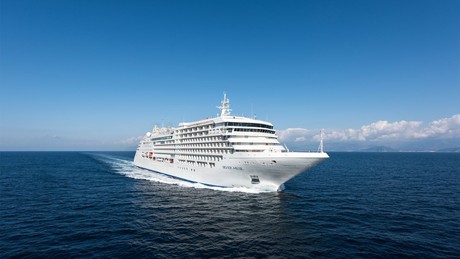
| Capacity | 596 passengers |
|---|
Silversea Cruises is happy to present our new flagship, Silver Muse. Delivered in spring of 2017, the new ultra-luxury ship was built by Fincantieri and at 40,700 grt accommodates 596 guests. Representing an exciting evolution of Silver Spirit, Silver Muse redefines ultra-luxury ocean travel - enhancing the small-ship intimacy and spacious all-suite accommodations that are the hallmarks of the Silversea experience. The addition of Silver Muse expands Silversea's fleet to nine ships, and once again significantly raises the bar in the ultra-luxury cruise market with a wealth of enhancements to the onboard experience, while satisfying the uncompromising requirements for comfort, service, and quality of the world's most discerning travellers.
